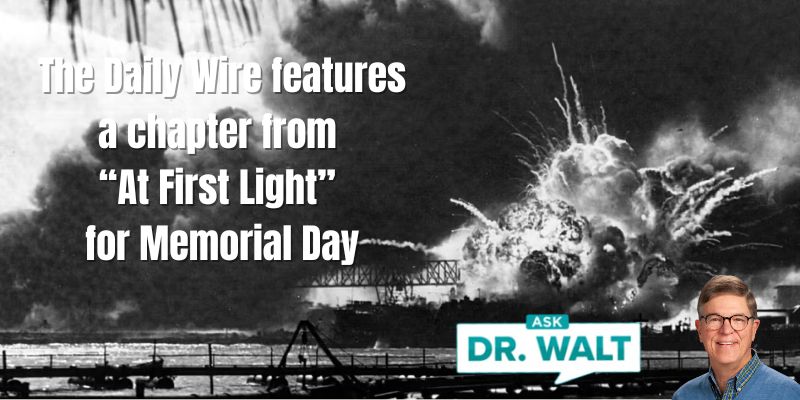
June 20, 1944 — Sgt. Norman Mohar writes home from Italy
June 20, 2024
“Ask Dr. Walt” in Today’s Christian Living “What do you think about stanols or sterols to prevent heart disease?”
June 26, 2024From 23 Jun to 28 Jun 44. the 30th Infantry Regiment as part of the 3rd Infantry Division and the Seventh Army prepared for an extended intensive training period.[1]

The final go-ahead reached the Seventh Army HQ on June 23rd, and marked the beginning of the most intense phase of planning and training (for ‘Anvil’).[2]
~~~~~
Below Avignon, the Rhône Valley widens into an extensive delta which becomes a long stretch of marshy coast stretching from the base of the Pyrenees (along the Spanish border with France) to Marseilles.
The general bogginess of this area ruled it out for a landing; so ‘Operation Anvil’ had to aim farther east, where the coast was rugged and irregular with mountains reaching down to the sea, leaving only narrow sandy beaches and small plains.
Passage into the interior was possible through only a few narrow river valleys such as the Argens, which formed the best approach to the Rhône Valley from the south.
It was this stretch of coast … that was chosen as the target for Operation ‘Anvil’.[3]
~~~~~
To defend the south coast of France, the Nineteenth German Army had at its disposal nine divisions, spread thinly along the Mediterranean and at various strategic points in the interior.
German naval power in the Mediterranean at this stage of the war was almost non-existant, amounting only to ten U-boats and a handful of small surface vessels.
First-line aircraft numbered about 1,500, including 200 in the area of the projected Allied landing.
The Germans were aware of the possibility of an invasion on the French Mediterranean coast, but they had no way of knowing when and where it would fall. Their defensive policy, therefore, consisted mainly of laying mines in strips along the coast, off-shore defences being largely restricte to areas of the big ports.
For coastal defense, they relied on artillery of every description: railway guns, field pieces, old French and Italian equipment, and naval guns transferred from French warships scuttled in Toulon harbor.
Local defenses along the coast did not run very deep; they were based on a system of strong-points comprising concrete pillboxes, barbed-wire and mine fields, in most cases expertly camouflaged.
The Allies could also expect to encounter road-blocks and antitank obstacles, as well as minefilelds in road beds from the beahes to the main highway.[4]
[1] Prohme, 202.
[2] Turner, 30.
[3] Ibid.
[4] Ibid.
In case you haven’t read or listened to Dad’s book, you can learn more or order it here.
© Copyright WLL, INC. 2024.




